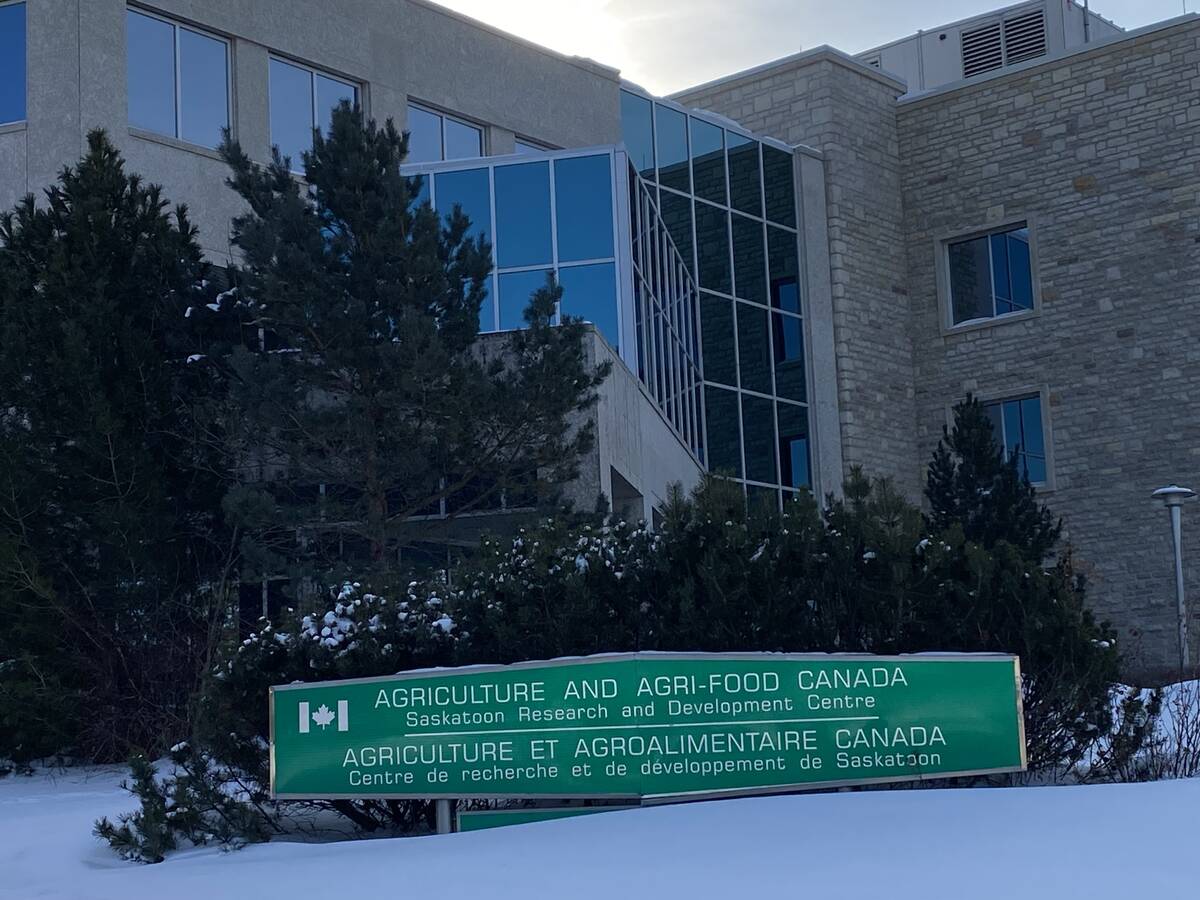The Conservative majority government seemed to be proud of its deficit-cutting budget when it came down on March 29.
Since then, it has become apparent that it’s not proud enough to provide the details of those cuts to the Canadians they will most affect.
This is certainly true at Agriculture Canada, where $310 million will be chopped from the budget over two years. Farmers know the amount, but they also deserve to know how the cuts will be applied.
Tony Clement, the treasury board president, said last week that the numbers are not being verified due to union negotiations and won’t be available until 2013. He also said he is as frustrated as Canadians are about the lack of clarity.
Read Also

Don’t undermine the backbone of agriculture
Agriculture Canada and the dedicated public servants who work every day to support Canadian agriculture are a crucial pillar of the sector and they need support — not austerity.
That’s unlikely. Canadians are expressing a lot of frustration. And, even if final tallies are impossible due to negotiations, estimates are certainly possible.
In an interesting twist, some information is coming out from those same unions. They say 1,000 federal agriculture-related jobs will be lost over the next few years.
The affected workers will include researchers, food inspectors and technical support staff, but how many of each we do not know.
Ron Bonnett, president of the Canadian Federation of Agriculture, said recently that the piecemeal nature of the information makes it hard to assess the impact of the cuts and determine how much will come from efficiencies and how much from services to farmers.
“It is coming to us in bits and pieces and that is frustrating,” he said.
Questions should also be asked about the wisdom of the specific cuts we do know about. Agriculture minister Gerry Ritz says the cuts are intended to find efficiencies inside government, or to get out of areas where the private sector could be doing more. Research is one of those areas.
“When it comes to research, Agriculture Canada has been spending about 75 cents on every dollar,” said Ritz. “We’d like to move to a 50-50 formula at best and maybe beyond that.”
As part of those cuts, the government will close the Cereal Research Centre in Winnipeg within two years. Of 100 positions at the Cereal Research Centre, 41 will apparently be cut, with the remainder moved to stations at Morden and Brandon.
Unfortunately, Canada is seriously behind other nations in wheat research and needs to step up the speed of bringing on new varieties. Cutting back federal funding is not going to help.
Furthermore, how can the government be sure that private interests will take up the slack? Even if they do, they will do so largely for their own purposes and develop proprietary products and varieties.
Among other programs to feel the knife, the shelterbelt program at Indian Head, Sask., will lose all 30 jobs and be shifted to the provinces or the private sector, as will western community pastures.
Staff positions at the rural and co-operatives secretariat will reportedly fall to 15 from 92 positions, and the Canadian Food Inspection Agency will lose 100 positions, according to union information.
Clearly, the Conservative government is feeling politically fearless, and with reason. Agriculture in Canada, particularly Western Canada, has perhaps never been so economically strong. The Conservatives seem to believe they can therefore hack programs and slash jobs with little fallout.
While the government’s much-vaunted fiscal responsibility may be crucial to the Canadian economy, it must be careful to identify which cuts are necessary and which will hold back the now-burgeoning agriculture sector. At the same time, farmers are entitled to have more clarity on which services will be cut — today, not in 2013.














